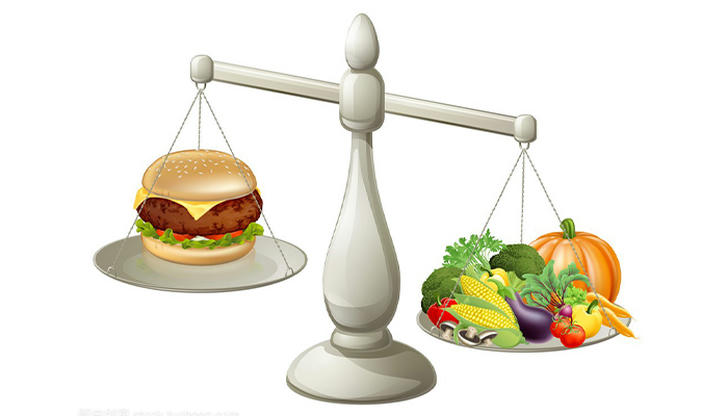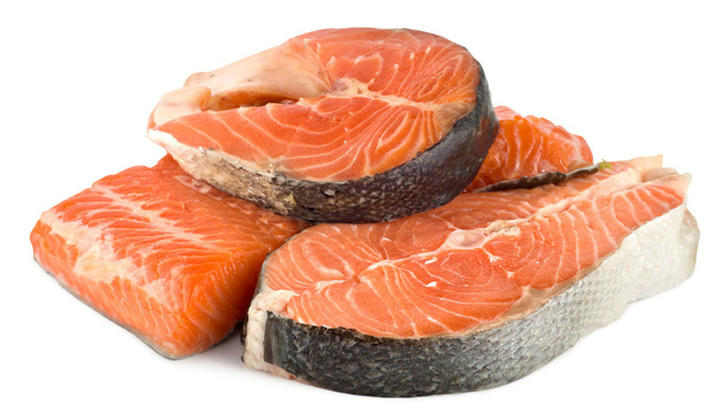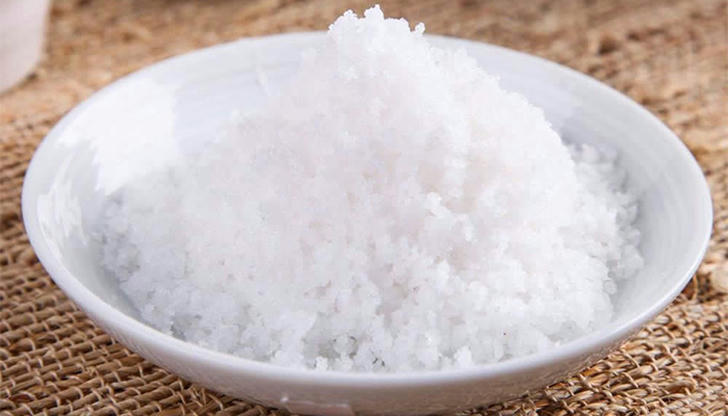8 Ways to Help Regulate a Balanced Diet

The key to a balanced diet is eating the right amount of calories based on how active you are, so you can balance the expended and used energy. The recommended daily intake is 2,500 calories for men and about 2,000 calories for women.
1. Meals based on higher-fiber starchy carbohydrates

Trying to include at least one starchy food in every meal. Such as potatoes, high-fiber or whole-grain bread, rice, and cereals. When cooking or eating these types of food, pay attention to the added fat content, such as oil on chips, butter on bread, and some creamy sauces.
2. Eat plenty of fruits and vegetables

It is recommended to eat at least 5 servings of a variety of fruits and vegetables each day. It can be fresh, frozen, canned, dried or juiced. You can eat 80 grams serving of fresh, canned or frozen fruits and vegetables, 30 grams serving of dried fruit, or a 150 ml glass of fruit or vegetable juice.
3. Eat more fish

Fish is a good source of protein and contains many vitamins and minerals. Aim to eat at least 2 servings of fish per week, including at least 1 serving of oily fish. Oily fish contains high amounts of omega-3, which protect against heart disease. Oily fish are mainly deep sea fish including: salmon, trout, herring, sardines, mackerel. Non-oily fish include cod, tuna, etc. Fresh, frozen, and canned fish are available, though canned and smoked fish can be high in salt.
4. Reduce saturated fat and sugar intake

Saturated fats are found in many foods, such as fatty meats, sausages, butter, cheeses, creams, cakes, biscuits and more. Instead, choose foods that contain unsaturated fats in your usual diet, such as vegetable oils, oily fish, and avocados. For a healthier option, use a small amount of vegetable or olive oil instead of butter or lard. Sugar is found in sugar-sweetened sodas, sugar-sweetened cereals, cakes, cookies, pastries, candy, chocolate, and alcoholic beverages. You can check how much sugar food contains by looking at the ingredient list.
5. Drink more water

It is recommended to drink 6 to 8 cups a day. Water, low-fat milk, and low-sugar beverages, including tea and coffee, are healthier options. Try to avoid sugary soft drinks and sodas, which are not only high in calories but also bad for your teeth. The combined daily intake of fruit juices, vegetable juices and smoothies should not exceed 150 ml, or a small glass. Don't forget to drink plenty of fluids on hot days or when exercising.
6. Eat less salt

Adults should not exceed 6 grams per day. Eating too much salt can raise blood pressure. People with high blood pressure who eats a high-salt diet are more likely to suffer a heart attack or stroke. Adults and children should eat no more than 6 grams (about one teaspoon) of salt per day. Younger children should eat less.
7. Get moving and maintain a healthy weight

In addition to diet, regular exercise may help reduce health risks. Being overweight or obese can lead to factors such as diabetes, cancer, heart disease and stroke. Being underweight can also affect health. Having a healthy, balanced diet can help you maintain a healthy weight.
8. Eat breakfast regularly

Some people think skipping breakfast can help to lose weight. But a healthy breakfast that's high in fiber, low in fat, low in sugar, and low in salt can form part of a balanced diet and get the nutrients you need for good health. You can try to make a healthy and delicious breakfast: whole wheat low-sugar cereal + semi-skimmed milk + fruit slices.

